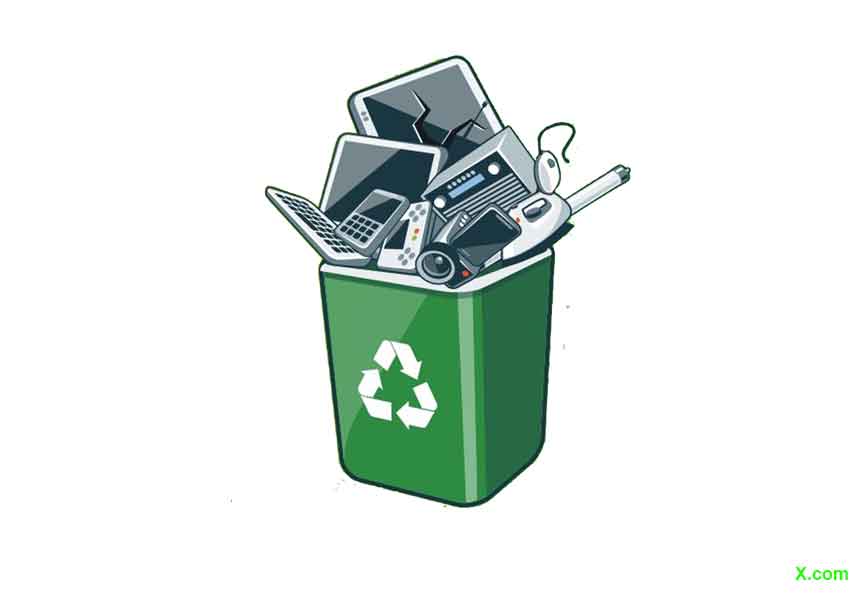Dr. N. Munal Meitei
Environmentalist, email- nmunall@yahoo.in

World Water Monitoring Day is celebrated on 18 September since 2003 to build public awareness of water pollution issues, importance for monitoring water qualities and protecting water resources.
Every day a staggering millions of ton of human waste is disposed into water courses, keeping tabs on quality is critical. From oil spills and radiation leaks to floods and mass erosion, water quality monitoring data is an important in the developing world. Water quality monitoring is essential to keep the planet healthy and sustainable. As we continue to build cities, clear land for farming and other development activities on the natural environment, water quality monitoring becomes increasingly important.
Man’s early civilization sprang up along the rivers banks. Water is an absolute essential of human life and for keeping all living beings alive and well. Water is also a universal solvent, collecting all elements and carrying it into our bodies. Water quality refers to the chemical, physical and biological characteristics. Water pollution is not a joke or a scam and learning how to identify, take care of, and prevent it is more important with every passing year. The water quality monitoring parameters are temperature, dissolved oxygen, pH, turbidity, macro-invertebrates, E. coli, nutrients, habitat assessment and metals.
It’s said, prevention is better than cure. Through regular water monitoring, we can timely detect and identify any form of health hazards and find out the solution thereof. Due to increasing industrialization and exploding population, the demands of water supply have been increasing tremendously. Humans are dependent on water not just drinking but for irrigation, agriculture, electricity and industrial usage. We can live without food for about three weeks, but without water we can’t live more than four days.
Water is life. The human body is made of 70% of water. Water is so important that much of the space exploration budget is solely dedicated to find water sources on other planets. A huge chunk of the earth’s ecosystem is also made of water, with countless organisms dependent on it. Yet, things like water pollution and climate change are threatening our water sources, which is why it has become more important now to regularly monitor the water bodies around us.
Because of its cyclical nature, the amount of water that has ever been present on earth has remained the same. Although the surface of our planet is nearly 71% water, only 3% of it is fresh. Of these 3% about 75% is tied up in glaciers and polar icebergs, 24% in groundwater and 1% is available as fresh water in rivers, lakes and ponds suitable for human consumption (Dugan, 1972).
Our body’s temperature as well as the earth’s temperature is regulated by water. Unlike many other liquids, water can defy gravity and is proved by the cloud formation and how water travels up a plant’s height from roots.
In India, the present water monitoring network comprises of 4484 stations in 28 States and 7 Union Territories. The network covers 719 Rivers, 348 Lakes, 134 Tanks, 107 Ponds, 102 Creeks/Seawater, 36 Canals, 81 Drains, 11 Water Treatment Plants (Raw Water) and 1235 Wells.
According to the ‘Composite Water Management Index’ report published by Niti Aayog in June 2018, India ranks 120 among 122 countries on the Water Quality Index (WQI), with nearly 70% of water being contaminated. India with highest population is the world’s second-largest water consumer. Its water usage accounts for 20.1% of global water consumption. The country is ranked 133rd for the amount of water available per person per year. Out of its 1.43 billion population, 35 million people lack access to safe water.
Water (Prevention and Control of Pollution) Act, 1974 stated that Pollution Control Board both at Centre and State level responsible to restore and maintain the wholesomeness of water bodies in India. The Manipur Pollution Control Board (MPCB) under the provision of Section 4 of the above Act, aim to ensure the people of the state to drink safe water and live in a healthy environment. Thus, MPCB has to address to the environmental problems associated with pollution of water, water bodies and their sources.
Over all, the water quality of Manipur is deteriorating. Almost all the Rivers have changed their dresses with plastics. The River catchments for our rain-fed rivers have lost their green covers due to many anthropogenic activities. Our few left out Lakes are also having the same fate. In reality, for monitoring of WQI, study of catchments also play a crucial role.
In a report, while collecting samples from 51 points, based on physico-chemical parameters like pH, electrical conductivity, total dissolved solids (TDS), turbidity, dissolved oxygen, total hardness, the water quality of Imphal West district in terms of its suitability for drinking purposes, it was found that about 43.85% (25), 29.80% (17) and 15.76% (9) of water samples belong to poor, very poor and unsuitability category of WQI. Some variables like conductivity, total dissolved solids, turbidity, chloride, phosphate and sodium were exceeded above their desirable limits for drinking water. This study reveals that the overall water quality of Imphal West district is poor and unsuitable for drinking and needs proper treatment before consumption.
Imphal River, the main sources of water for the people of Manipur is now contaminated due to numerous human activities and there is a need for monitoring regularly to conserve the water system. So, the State Government should take up proper policy program to prevent further degradation of the River since many people depend on the River for drinking and other livelihood activities.
Nambul River which flows through the heart of Imphal city and drains into the Loktak Lake, the mirror of Manipur is also severely affected. A report on WQI analyzed during 2016 shows the ranges from 103.89 to 115.34 and the highest value of 115.34 was recorded from Thong Nambonbi showing the water of the River is unsuitable for drinking. Thus, Nambul River needs proper treatment to conserve the water body from future contamination and pollution. The same is the fate for other Rivers like Thoubal, Iril, Khuga and Sekmai River etc.
Water has been on our planet since time immemorial, showing us how essential it is for us. Therefore, regular water monitoring will take care and improve the quality of water for ourselves and the future generations.













